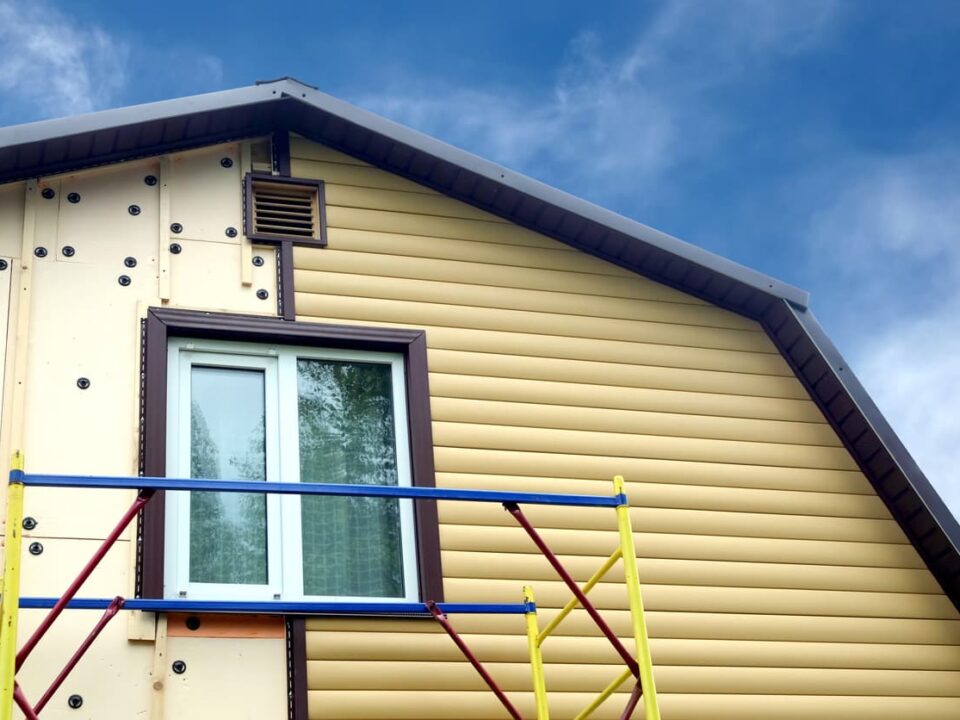
Benefits of Replacing Your Patio Doors
December 21, 2020
Increase Your Energy Efficiency with New Entry Doors
December 28, 2020As the weather gets colder, homeowners may see frost forming on their windows and wonder if it’s normal or indicative of a bigger issue. Seeing frost and condensation on your windows is a cause for concern and an indicator that your windows do need some attention. The extreme temperatures in winter can cause many issues for homeowners, and frosty windows are among them.

What Causes Frosty Windows?
When the air outside is extremely cold, beads of moisture can accumulate on the inside glazing of your window. Then a layer of frost will develop on the glass or in the corners near the frame. The primary cause for frosty windows is the interior humidity level. When ice forms on the inside of your window, it is the cold air leaking around the window coming into contact with the moist air in your home and freezing. If you close heavy drapes over your windows, you will trap moisture against the glass, making the problem worse.
What are Solutions for Frosty Windows?
The first way to stop condensation from forming is to make sure that your indoor humidity levels are where they should be in the winter. If your windows are sweaty or frosty, your humidity may be too high. As the weather gets colder, you need to lower the humidity in your home. If you have a whole home humidifier, you may want to get a hygrometer to measure the humidity level accurately so you can adjust as necessary. Another solution is to turn your ceiling fans on “winter mode” to pull the warm air up and keep the air circulating in the room. Finally, keeping drapes open will allow the warm air in the room to melt the frost or ice. Trapping the frost behind heavy blinds can cause more issues with the condensation.
When to Consider New Windows
If your windows are old and you’ve been experiencing frost and condensation during the winter weather, it may be time to consider new windows. This may mean that there is poor or inadequate insulation around your window frames, that the glass is not well insulated, or that the seals are no longer performing as they should. Windows do wear out and need replacing, and frosty windows may be a sign that it’s time for new windows.
If you know your windows aren’t ready for replacement and you see condensation, don’t panic. Sometimes condensation without frost can be a sign that your windows are doing their job and holding the heat inside your home. Older, drafty windows that allow the cold air in and warm out will need some attention very soon. If you do get ice buildup you can try some of these measures to reduce it while you wait for the opportunity to have new windows installed. To find out more about our quality exterior home improvement projects, or to set up a virtual appointment to discuss your project needs, contact Armorvue Home Exteriors today.
Subscribe to ARMORVUE Home Exteriors’s Blog
Get ARMORVUE Window & Door’s latest articles straight to your inbox. Enter your name and email address below.




